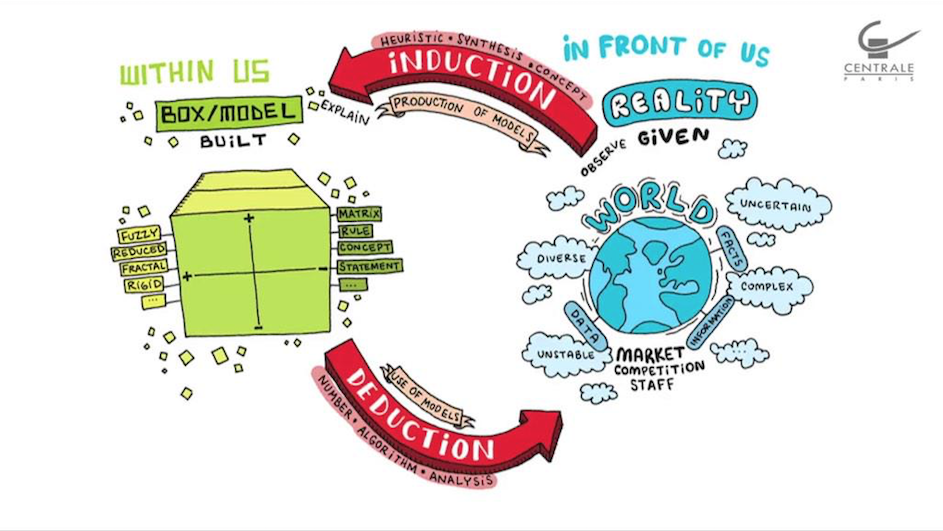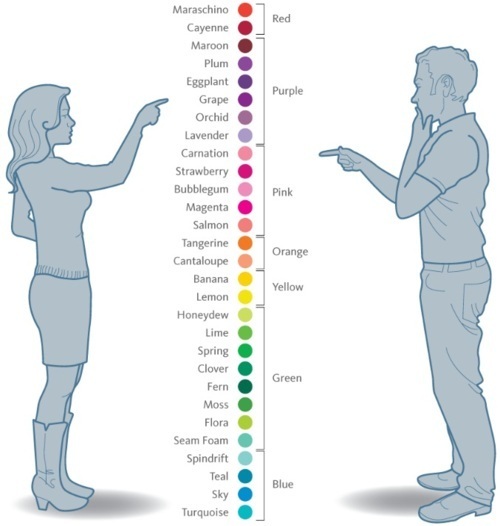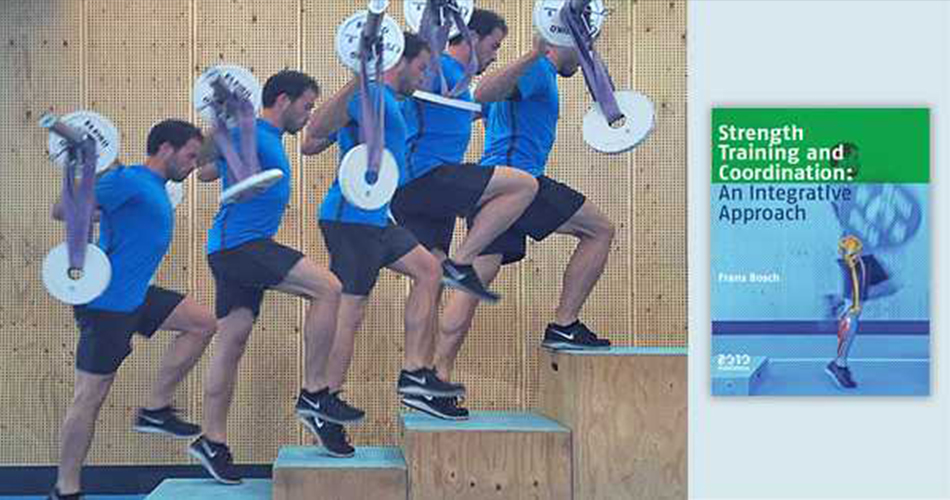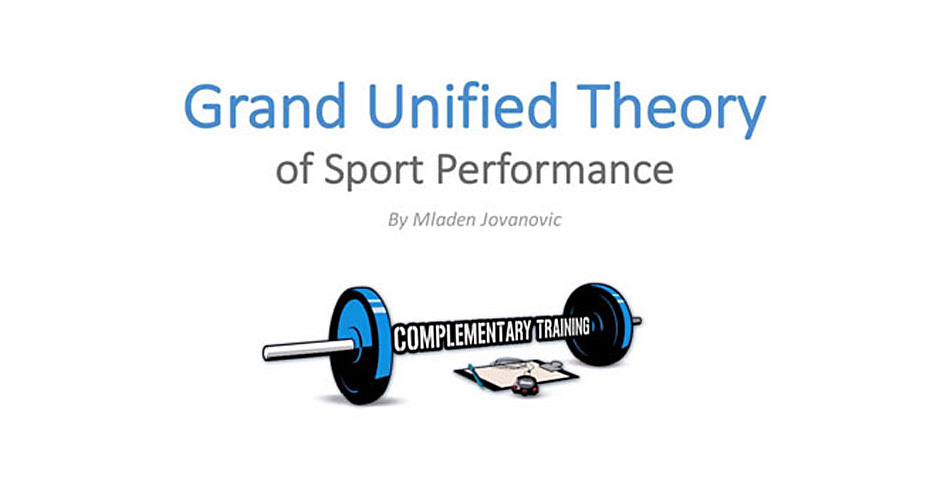Four Important Complementary Pairs
I believe that there are four important complementary aspects in training (and performance) theory (and reality). Understanding these four aspects can yield many dividends in your training philosophy and help you understand, or better yet, reconcile what seems to be paradoxes and dichotomizations of the training and performance.
- Skill~Ability
- Physical~Cognitive
- Goal~Method
- Sharpen~Saw (or Develop~Express)
I have already written on most of them (LINK, LINK, LINK), but I think it is worth repeating. Besides I want to spend more time writing on the last aspect.
Before I start my rant it is important to talk about models. What are models? Models are useful simplifications of the reality. For example, map is a model of terrain (reality). And as the saying goes “All models are wrong, but some are useful”.
Here is an awesome visual from great short course by Luc de Brabandere at Coursera: On Strategy : What Managers Can Learn from Philosophy – PART 1, which is by the way a must watch for all the philosophers out there.

The above picture depicts our model building and model usage, or induction~deduction. When we build models, we induce – we create mental representation. When we use models we deduce – we try to predict and explain the reality.
My general opinion (and not only mine, but a lot of scientists starting with Niels Bohr) is that the “Reality” itself is complementary (hence the name complementary training), and to really understand reality we need to reconcile this apparently contradictory contraries. Hence our models needs to be complementary as well.
Yet, we tend to make dichotomous models, with rigid classifications. These are indeed wrong, but they are also helpful since they help us learn and comprehend the complex reality. But eventually they become limiting. As Einstein said “Make things simple, but not simpler”.

Sport science and training theory is full of models and classifications. For example homeostatic model was dominating physiology, now allostatic model is gaining dominance (PubMed Link). Tim Noakes was arguing against cardiovascular/anaerobic model for yeas (PubMed Link).
The point is that models need to be left behind as soon as the better models emerge. What is better is tricky question – in statistical modeling “better” model is simpler model with better prediction (and without overfitting the data) – or in other words better model is the one that predicts/explains reality better (there is a trade off between model simplicity and model precision).
The problem is that we humans tend to “overvalue what we are losing while undervaluing what we are gaining” (from Influencer). One doesn’t need to struggle to find numerous examples in history of human sticking to their models of the world and having troubles with changing them.
I believe that in sport science and training theory there are couple of issues with all models and I believe the mentioned four are the most important. That’s why we have certain paradoxes in trying to explain complex realities with wrong (or over simplistic) models. Let’s deal with most important ones
Skill~Ability
I believe that this is the root problem. We tend to dichotomize motor space/performance into skills and abilities. This indeed helps with understanding complexities, but in the long run can be very limiting. The examples of this dichotomization are numerous. I have already covered this topic in multiple posts and I highly recommend checking these: LINK, LINK, LINK and LINK. The result of this process is categorical thinking: are we developing maximal aerobic power or running economy? Starting strength or explosive strength and so forth. Is this bad? No – it is useful, but it is limiting. Now I tend to use more ‘organic’ model and look at (dynamic and fractal) “limiters” rather than categories and/or motor abilities. I still use some of these categorical buckets, but I understand their limits. If you are interested in finding out more please take a look HERE.
I call this “root” problem since it affects everything down the road. How you classify things, what do you believe “is out there” (what exists; what performance qualities/limiters) will affect how you approach training and hence implementation of development of those qualities and/or removal of limiters (btw, is performance improvement development of qualities or removal of limiters? Or both? Another interesting squiggle). In other words, all the issues such as conjugate vs. linear, undulating vs. linear, mixed vs. sequential depends on how you actually “classify” motor performance and what model one uses. Hence, one needs to inspect other mental models before engaging in discussion.
Physical~Cognitive
We are biased. Very biased. Mostly by things that are easily measured. Like physical aspects of performance. This is evident in numerous instances. For example, …











Responses